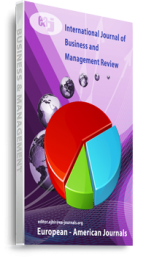Bank lending and monetary transmission mechanism are closely interlinked phenomena. Banks cannot be efficient in their performance without analyzing the impact of monetary policy actions. On the other hand, central bank cannot take appropriate policy actions without having appropriate knowledge of bank lending behavior. This study attempts to find out the impact of monetary policy actions such as cash reserve ratio, open market operations and bank rate on bank lending. In the study, panel data of 24 commercial banks during the period of 1996 to 2015 were collected and analyzed using descriptive statistics, correlation and regression analysis. This analysis shows that open market operations and cash reserve ratio have negative impact but bank rate has positive impact on bank lending. Therefore, the central bank of Nepal should rely mostly on open market operations and cash reserve ratio for monetary operation. Further, the study recommends that central bank should hold cash reserve ratio constant as a cushion for the borrowers from fluctuating lending rates by commercial banks. However, since excessive borrowing will have inflationary effect in the economy, the study recommends that central bank commit commercial banks to open market operations to control short term interest rate and money supply in the economy.
Keywords: Bank Lending, Central Bank, Commercial Bank, Monetary Policy

